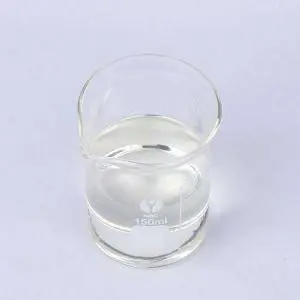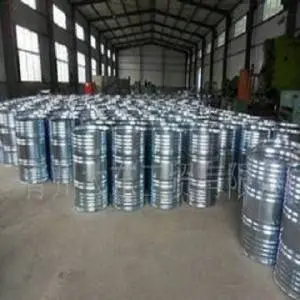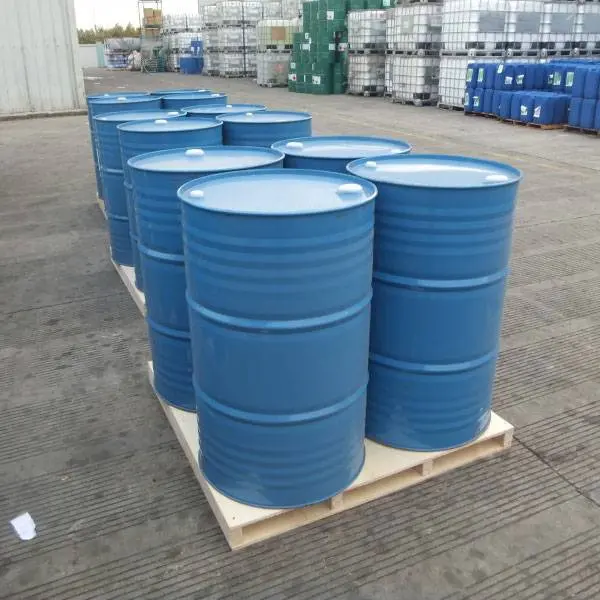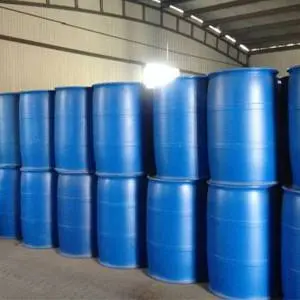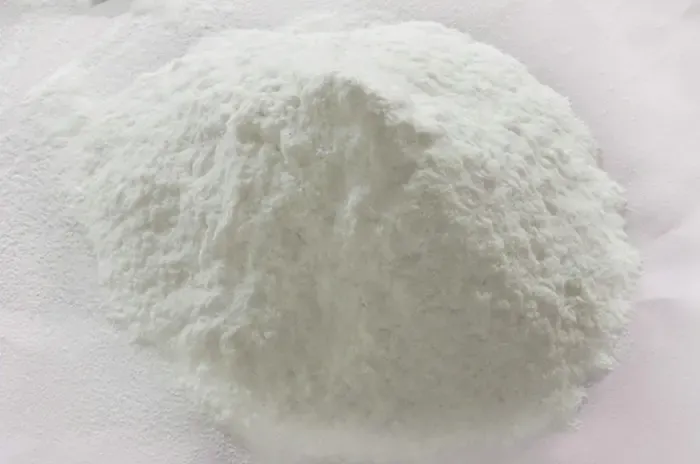N N Dimethylbenzylamine: Characteristics and Applications of Multi functional Organic Amine Compounds
In the field of organic chemistry, N N Dimethylbenzylamine, as an important tertiary amine compound, plays a crucial role in multiple industrial fields due to its unique molecular structure and chemical properties. The combination of benzyl and dimethylamine groups in its molecule endows it with dual properties of aromatic and aliphatic amines.

The physical and chemical properties of N N Dimethylbenzylamine are distinct
Dimethyl benzyl amine typically appears as a colorless to pale yellow transparent liquid with a slight amine specific odor. The boiling point of this substance is about 180-182 ℃, the relative density is about 0.89-0.90 at 20 ℃, and the refractive index is 1.501-1.503. It is easily soluble in organic solvents such as ethanol and ether, and slightly soluble in water. These properties enable it to act as a solvent to disperse other substances in reaction systems, as well as participate in chemical reactions through its own structure, laying the foundation for its wide application.
In terms of preparation method, N N Dimethylbenzylamine can be synthesized by reacting benzyl chloride with dimethylamine
During the reaction process, benzyl chloride acts as an alkylating reagent and undergoes nucleophilic substitution reaction with dimethylamine under alkaline conditions, generating the target product and releasing chloride by-products. Through processes such as distillation and purification, high-purity nn dimethyl benzylamine can be obtained. This preparation method has readily available raw materials, mild reaction conditions, and is suitable for large-scale production, which can stably meet the demand for this compound in various fields.
The chemical properties of N N Dimethylbenzylamine are mainly reflected in catalysis and alkalinity
As a tertiary amine compound, the nitrogen atom in cas 103 83 3 molecule has strong electron donating ability and is an excellent nucleophilic catalyst that can accelerate various organic reactions. In the polyurethane industry, it has a significant catalytic effect on the reaction of isocyanate and hydroxyl, can adjust the reaction rate, and help to form a uniform and stable foam structure. At the same time, its alkaline characteristics enable it to neutralize acidic substances in the reaction system, maintain the stability of the reaction environment, and ensure efficient reaction.
In addition to the field of polyurethane, N N N Dimethylbenzylamine also has important applications in other chemical synthesis
CAS 103 83 3 can be used as a curing accelerator for epoxy resin, accelerating the curing reaction rate and improving the mechanical properties of the cured product; In organic synthesis, as a phase transfer catalyst, it can promote the transfer and reaction of substances in heterogeneous systems, and improve the reaction yield; In addition, it can also be used to prepare chemical products such as quaternary ammonium salts and dye intermediates, expanding its application scope in the field of fine chemicals.
In summary, N N Dimethylbenzyramine occupies an important position in the field of organic chemistry due to its unique physical and chemical properties, simple preparation methods, and diverse chemical properties. Its applications in catalytic reactions, synthesis promotion, and other fields have provided strong support for the production of multiple industries. With the continuous development of chemical synthesis technology, the application scenarios of N N Dimethylbenzyramine will be further expanded, continuously contributing value to the innovative development of the chemical industry.
N N Dimethylbenzylamine FAQs
What is the main purpose of N N Dimethylbenzyramine?
N N Dimethylbenzylamine is an important organic intermediate widely used in the fields of medicine, pesticides, and chemical synthesis. In the pharmaceutical industry, it is commonly used for synthesizing local anesthetics, antihistamines, and other fine chemicals. In pesticide production, it can participate in reactions as a catalyst or adjuvant. In addition, this compound is also used in the synthesis of dyes, fragrances, and polymer materials, as the active groups in its molecular structure can participate in various chemical reactions.
What are the physical properties of N N Dimethylbenzyramine?
N N Dimethylbenzylamine is a colorless to pale yellow transparent liquid with a unique amine odor. Its boiling point is relatively high, usually around 180-185 ° C at atmospheric pressure, and its density is slightly higher than that of water. This compound is soluble in various organic solvents such as ethanol, ether, and benzene, but has low solubility in water. It has moderate volatility and needs to be stored and used in a well ventilated environment.
-
What precautions should be taken when storing N N Dimethylbenzylamine?
When storing N N Dimethylbenzylamine, avoid contact with strong oxidants and acidic substances to prevent violent reactions. The container must be sealed and placed in a cool, dry, and well ventilated place, away from sources of fire and heat. It is recommended to use inert gas protection to extend the shelf life. Due to its irritant effect on the skin and mucous membranes, protective gloves and goggles should be worn during operation, and absorbent materials should be used to handle leaks.
What are the chemical synthesis methods of N N Dimethylbenzyline?
N N Dimethylbenzylamine is usually prepared by the methylation reaction of benzylamine with formaldehyde and formic acid, known as the Eschweiler Clarke reaction. Another method is to generate it through nucleophilic substitution reaction between benzyl chloride and dimethylamine under alkaline conditions. In addition, modern processes may also use efficient methods such as catalytic hydrogenation or reductive amination, depending on the requirements of raw material costs and reaction condition control.
What are the potential impacts of N N Dimethylbenzyramine on the environment and health?
This substance may be toxic to aquatic organisms and should be prevented from entering water bodies or soil. Human contact may cause skin, eye, and respiratory irritation, and long-term exposure or high concentration inhalation may damage the central nervous system. When using, safety operating procedures should be strictly followed, and waste disposal should comply with environmental regulations. It is recommended to use professional institutions for harmless disposal.
Post time: Sep . 10, 2025 17:12





